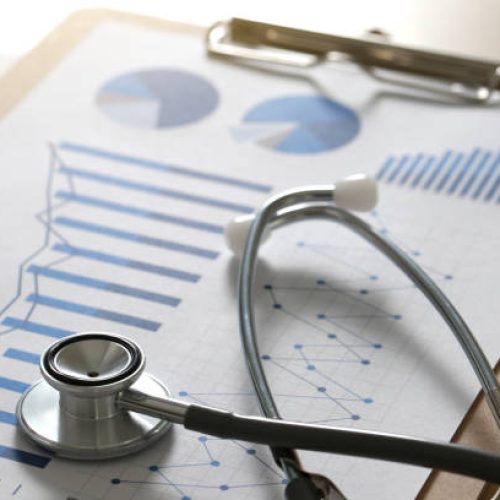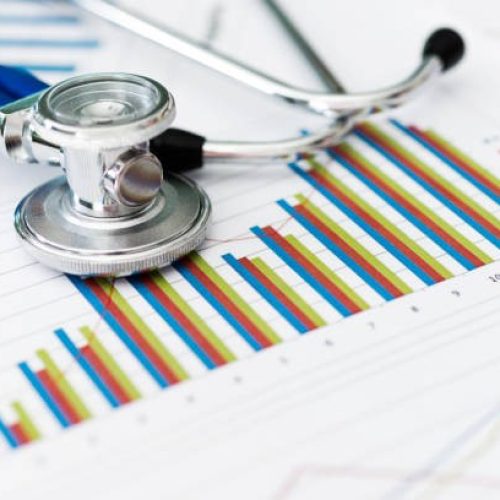Biostatistics
Biostatistics
Biostatistics mainly consists of various steps like generation of hypothesis, collection of data, and application of statistical analysis. To begin with, Biostatistics and Data analysis (SAS) readers should know about the data obtained during the experiment, its distribution, and its analysis to draw a valid conclusion from the experiment.
Biostatistics (also known as biometry) are the development and application of statistical methods to a wide range of topics in biology. It encompasses the design of biological experiments, the collection and analysis of data from those experiments and the interpretation of the results.
Biostatistical modeling forms an important part of numerous modern biological theories. Genetics studies, since its beginning, used statistical concepts to understand observed experimental results. Some genetics scientists even contributed with statistical advances with the development of methods and tools.

Gregor Mendel started the genetics studies investigating genetics segregation patterns in families of peas and used statistics to explain the collected data. In the early 1900s, after the rediscovery of Mendel’s Mendelian inheritance work, there were gaps in understanding between genetics and evolutionary Darwinism. Francis Galton tried to expand Mendel’s discoveries with human data and proposed a different model with fractions of the heredity coming from each ancestral composing an infinite series. He called this the theory of “Law of Ancestral Heredity”. His ideas were strongly disagreed by William Bateson, who followed Mendel’s conclusions, that genetic inheritance were exclusively from the parents, half from each of them.

ROLE OF BIOSTATISTICIANS
Identify and develop treatments for disease and estimate their effects. Identify risk factors for diseases. Design, monitor, analyze, interpret, and report results of clinical studies. Develop statistical methodologies to address questions arising from medical/public health data.
SAS (previously “Statistical Analysis System”) is a statistical software suite developed by SAS Institute for data management, advanced analytics, multivariate analysis, business intelligence, criminal investigation, and predictive analytics.
Anyone can access SAS software for free by just logging to an SAS website. No installation is required and it’s available for everyone – Instructors, Students, and Individual Learners. In short, it’s available for everyone for non-commercial use.
Biostatistics and Data analysis (SAS) stands for Statistical Analysis System and it is written in C language. SAS is used in most of the operating systems. SAS can be used as a programming language and also as graphical interface. SAS is used to report, retrieve and analyze statistical data and it is also used to run SQL queries.
SQL is one of the many languages built into the SAS System. Using PROC SQL, the SAS user has access to a powerful data manipulation and query tool. Topics covered will include selecting, subsetting, sorting and grouping data – all without use of DATA step code or any procedures other than PROC SQL.
S-Q-L, “sequel”, Structured Query Language is a domain-specific language used in programming and designed for managing data held in a relational database management system (RDBMS), or for stream processing in a relational data stream management system (RDSMS).
SAS offers extensive support to most of the popular relational databases by using SQL queries inside SAS programs. Most of the ANSI SQL syntax is supported. The procedure PROC SQL is used to process the SQL statements.
SAS/STAT includes exact techniques for small data sets, high-performance statistical modeling tools for large data tasks and modern methods for analyzing data with missing values. And because the software is updated regularly, you’ll benefit from using the newest methods in the rapidly expanding field of statistics.
With more than four decades of experience developing advanced statistical analysis software, SAS has an established reputation for delivering superior, reliable results. Our rigorous software testing and quality assurance program means you can count on the quality of each release. You can be confident that the code you produce with SAS/STAT is documented and verified to meet corporate and governmental compliance requirements.
Hundreds of built-in, customizable charts and graphs ensure clear, consistent statistical output, so your analysis results are easy to understand. And because metadata is stored in a centralized repository, it’s easy to incorporate SAS/STAT models into other SAS solutions.
More Services
We Use Plants to Bring Life
- Roof Garden
- Fruits & Flowers
- Landscaping
- Lawn Care
- Rubbish Removal
- Kitchen Garden
- Pest & Weeds Control
- Soil Preparing
- Maintenance Services
